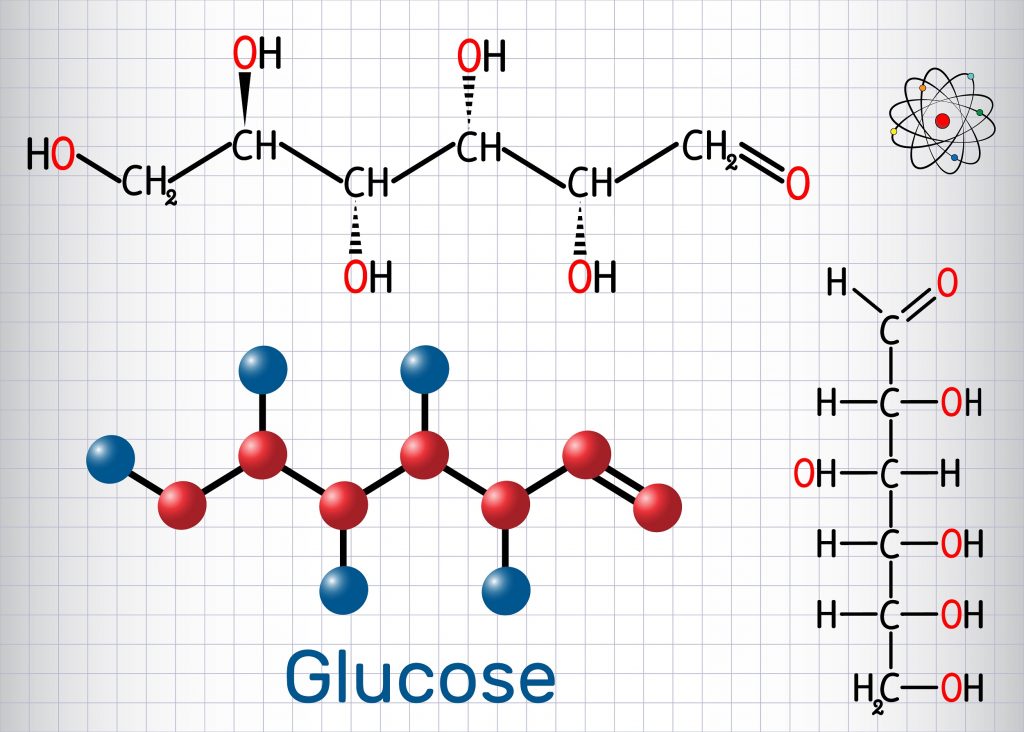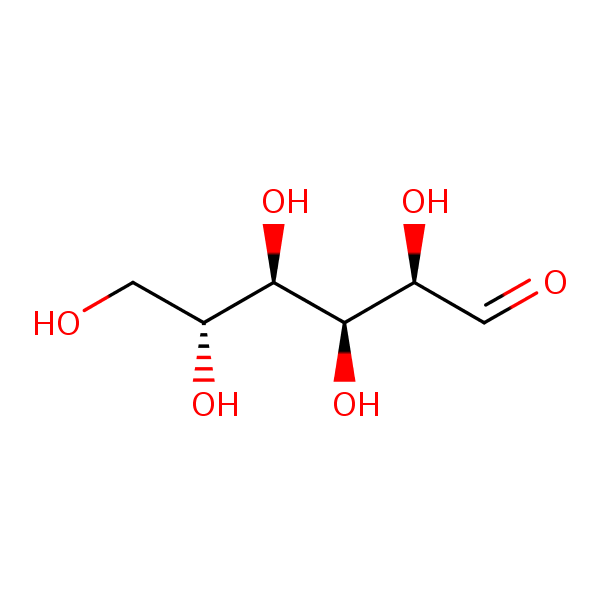

As for the Asia, the notable markets are Japan and South Korea, CAGR is and respectively for the next 6-year period. The proportion of the North America is in 2021, while Europe percentage is Percent, and it is predicted that Europe share will reach in 2028, trailing a CAGR of through the analysis period 2022-2028. North America Continuous Glucose Monitoring (CGM) Sensors market is estimated at USD million in 2021, while Europe is forecast to reach USD million by 2028.

While Commercial Vehicle segment is altered to an CAGR throughout this forecast period. Fully considering the economic change by this health crisis, Metal Filter Element accounting for of the Continuous Glucose Monitoring (CGM) Sensors global market in 2021, is projected to value USD million by 2028, growing at a revised CAGR from 2022 to 2028. Market Analysis and Insights: Global Continuous Glucose Monitoring (CGM) Sensors Marketĭue to the COVID-19 pandemic, the global Continuous Glucose Monitoring (CGM) Sensors market size is estimated to be worth USD million in 2022 and is forecast to a readjusted size of USD million by 2028 with a CAGR of during the forecast period 2022-2028. Market Analysis and Insights:Global Continuous Glucose Monitoring (CGM) Sensors Market It is the first instance of universal quantum algorithms beingĮmployed to tackle RNA folding problems, and our work provides a valuable modelįor utilizing universal quantum computers in solving RNA folding problems.Get a Sample Copy of the Continuous Glucose Monitoring (CGM) Sensors Market Report 2023 Sequences, our quantum approach outperforms classical energy-based methods.Įxperimental results also indicate our method is robust in current noisyĭevices. Throughout our benchmark dataset, simulation results suggest that our quantumĪpproach is comparable in accuracy to classical methods. Performance with both numerical simulation and experimental realization. Solved through quantum approximation optimization algorithm. The state of a quadratic Hamiltonian, the whole folding process is described asĪ quadratic unconstrained binary optimization model. Mapped all possible secondary structure to Quantum algorithms will be presented, which are highly flexible and can beĪpplied to various physical devices. Universal quantum computing are not available. The folding of the secondary structure, highlighting that quantum computing isĪ promising solution to this problem.

Recently, quantum annealer has rapidly predicted Sequences, while learning-based algorithms face challenges in obtaining TraditionalĮnergy-based algorithms are short of precision, particularly for non-nested Sequences that to know how its secondary structure is formed. Download a PDF of the paper titled Predicting RNA Secondary Structure on Universal Quantum Computer, by Ji Jiang and 7 other authors Download PDF Abstract: It is the first step for understanding how RNA structure folds from base


 0 kommentar(er)
0 kommentar(er)
